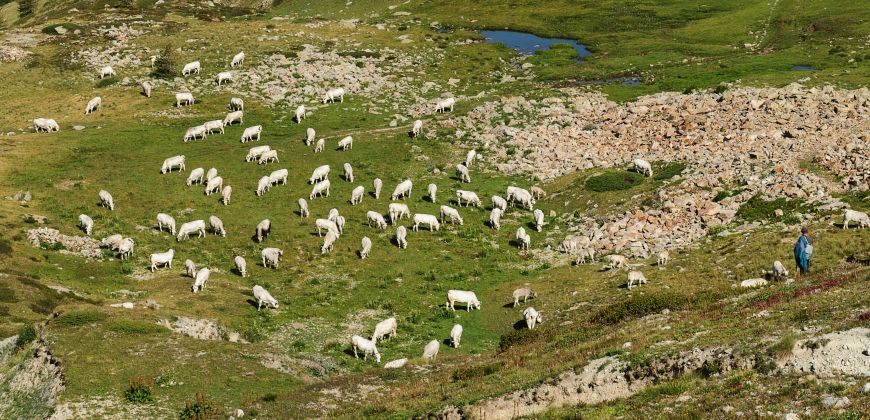Tracing the evolution and geography of natural resource management systems
by Rob Novak | October 1, 2015 9:51 AM

Across the globe, societies vary widely in the natural resources they use and how they govern these resources. This diversity has enabled humans to successfully live in a wide variety of landscapes, but surprisingly little is known about why these practices vary so widely and how they change over time. Researchers at Colorado State University’s Warner College of Natural Resources[1] and partners are setting out to identify the drivers of change in natural resource management strategies.
Associate Professor of Human Dimensions of Natural Resources[2] Michael Gavin is the principal investigator of an interdisciplinary team that includes scientists from Yale University, University of Michigan, Washington University in St. Louis, Australian National University, Bristol University, the Max Planck Institute for the Science of Human History and University of Toronto.

$1 million NSF grant
The group will use a $1 million National Science Foundation grant to explore the factors that shape the diverse systems of land tenure and the strategies societies use for subsistence.
“Cultural diversity is a complex and incredibly colorful fabric,” said Gavin. “We’re attempting to understand the processes that wove it all together.”
Why do some societies rely more on hunting and gathering, while others rely more on agriculture or pastoralism? Why do some own land communally and others use private property? What determines how these systems of resource management change over time? As the social and ecological conditions that societies face change, adapting resource management strategies is critical for survival. However, societies’ knowledge systems, technology and social institutions may limit their ability to adjust resource management strategies over time.
Influences on natural resource management
Various academic fields point to different factors as possible influences on natural resource management systems, including environmental conditions, social structures, history and the use of information passed on from ancestors and neighboring groups. But the limitations of previous research methods have meant that evidence to support these hypotheses is mixed at best.
“Hypotheses have been developed and data collected by many different disciplines — anthropology, archaeology, geography, political science, economics. But so far, the methods used to test many of these hypotheses have been limited,” said Gavin. “Biogeographers and evolutionary biologists have been studying spatial patterns in diversity and evolution for many years, but the methods they have developed have rarely been applied to cultural diversity. Merging these fields allows us to explore the factors that have shaped the incredible array of cultural diversity that exists across the globe and over history.”
Gavin and his colleagues will seek new advances by using a unique dataset and by employing methods originally developed in the fields of biogeography and evolutionary biology.
1,400 societies around the globe
The team has established a new database over the past three years with funds from the National Evolutionary Synthesis Center. The database links cultural features from more than 1,400 societies around the globe with language trees that depict how the societies are related and data on the environments where the societies are located.
This unique resource will be publicly available later this year, and is designed to empower an entirely new line of investigation into the drivers of cultural change and patterns of cultural diversity.
“We are at the beginning of an exciting new era for the study of cultural diversity and natural resource management,” explained Gavin.
- Warner College of Natural Resources: http://warnercnr.colostate.edu/
- Human Dimensions of Natural Resources: http://warnercnr.colostate.edu/hdnr-home
Source URL: https://source.colostate.edu/tracing-the-evolution-and-geography-of-natural-resource-management-systems/
Copyright ©2024 SOURCE unless otherwise noted.